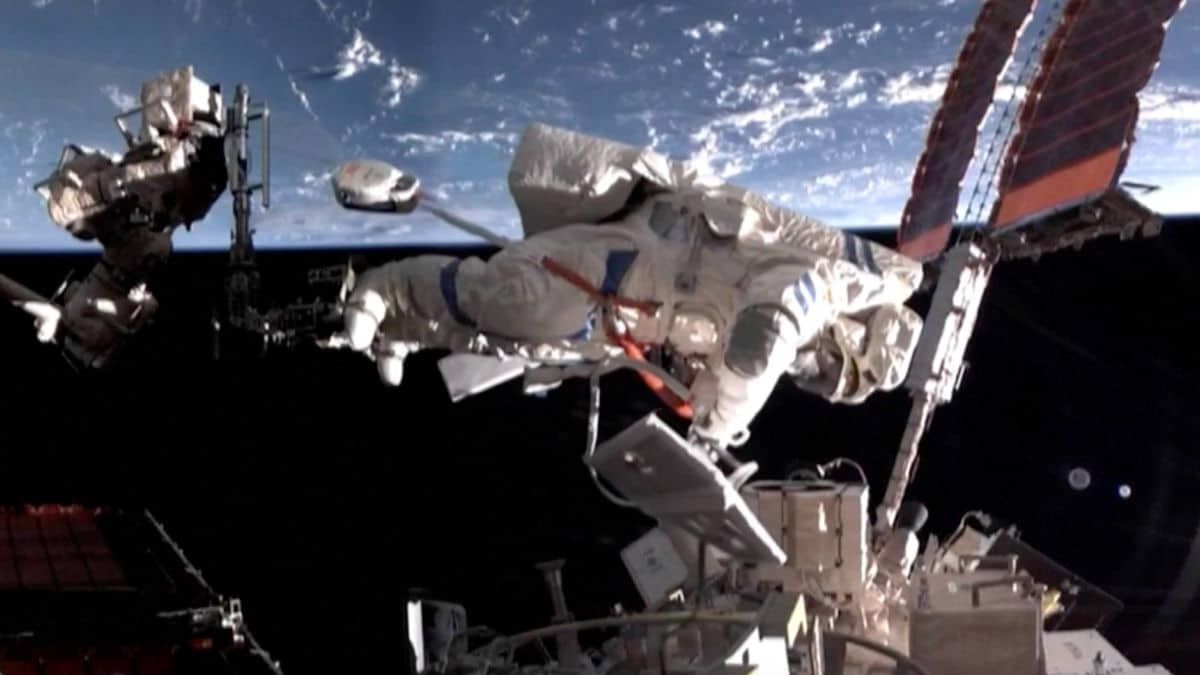Chinese astronauts Chen Dong and Wang Jie completed a 6.5-hour spacewalk on Aug. 15 to bolster the Tiangong space station's debris shield. As part of the Shenzhou 20 crew, they also inspected and maintained exterior equipment during the EVA. State media noted this was at least the crew's second effort to install “debris protection” devices on the station (following a May 22 spacewalk). The EVA concluded at 9:27 a.m. EDT, making it Chen Dong's sixth spacewalk (the most by any Chinese astronaut) and the third for Shenzhou 20 overall. Launched from Jiuquan on April 24, the crew is now about halfway through its six-month mission.
Debris Mitigation and International Cooperation:
According to a 2022 government white paper, chinese officials emphasize space debris as a global concern. It pledges stronger space-traffic control and improved debris tracking and warning systems. It notes that China now passivates spent rocket stages and actively de-orbits retired spacecraft (such as the defunct Tiangong-2) at end of life to reduce hazards. Experts note that incidents like uncontrolled rocket re-entries highlight the broader dangers of orbital debris.
NASA Administrator Bill Nelson said recently that all “spacefaring nations must realize the risks to people and property on Earth of re-entries” and should maximize transparency about these operations. With more countries launching satellites, analysts warn that debris will only increase, making international cooperation and shared safety norms vital for long-term spaceflight safety.
Mission Highlights:
During the Aug. 15 spacewalk, the two taikonauts installed and adjusted additional protective panels on Tiangong's exterior to strengthen its debris shield. They also conducted routine equipment checks and maintenance outside the station. China's space agency said the EVA was the third for the Shenzhou 20 mission (which launched in April) and marked Commander Chen Dong's sixth career spacewalk. Shenzhou 20 crewmate Chen Zhongrui assisted from inside Tiangong during the EVA. These upgrades continue an ongoing effort to guard the station from debris (a similar shield installation was done on May 22).

Comments
Post a Comment